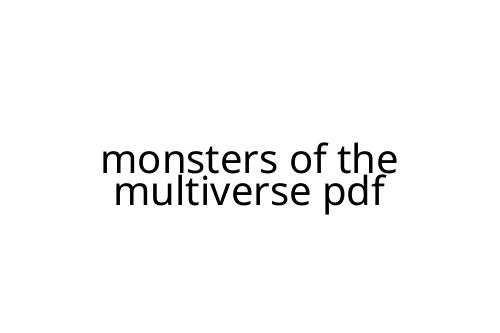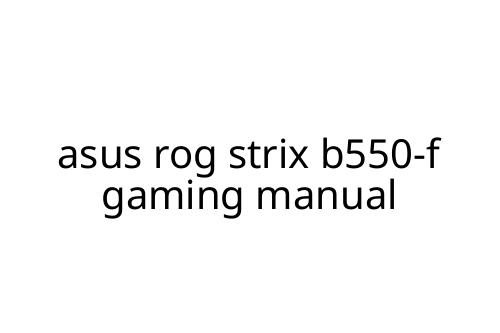hide history in ml
“Hide history in ML” is a concept that’s easy to overlook — but if you care about user privacy, model bias, or data leakage, it matters. When you work with machine learning (ML), historical data is the fuel. Systems train, test, and predict based on what’s happened before. Sometimes, though, you need to limit, mask, or otherwise control that history. Here’s a clear look at when, why, and how to do it.
Why you might want to hide history in ML
There are a few scenarios where you might want to hide history in ML:
- Protect user privacy: Regulatory requirements (like GDPR or HIPAA) demand strict control over historical data. Sometimes, that means hiding or erasing past records in your datasets or results.
- Avoid data leakage: In predictive modeling, letting a model “see the future" (past data that includes hints about the target) can inflate performance. Hiding part of the history ensures real-world reliability.
- Combat model bias: Historical data can contain sensitive or biased information. Hiding it lets you test if your model’s decisions depend unfairly on the past.
Approaches to hiding history in ML
Depending on your application and level of sensitivity, here are practical ways to hide history in ML:
Data anonymization and redaction
Remove or mask personally identifiable information (PII) or sensitive events from datasets. For example, replace real user IDs with random strings, or drop fields describing past purchases. This keeps the essence of the data without exposing specifics.
Rolling windows and limited context
For time series models or online prediction, you can restrict the context the model sees—using only the most recent N observations. This helps mimic real-world conditions and prevents learning from “future” leaks embedded in training data.
Differential privacy techniques
Apply noise to data or limit queries to ensure individual entries can’t be identified, even in aggregate. Differential privacy is technical, but some frameworks integrate it with ML pipelines.
Train-test split discipline
A basic but often-overlooked approach: Never let your test set "leak" into your training set. Strictly separate history up to the training point. Use time-aware splits in time series. This principle is simple but critical for honest model evaluation.
Pros and cons
Pros:
- Stronger user privacy and compliance
- More robust and realistic ML models
- Less risk of overfitting to quirks in the past
Cons:
- May reduce available data for training
- Can complicate the modeling process
- Occasionally decreases accuracy if too much useful context is hidden
Practical tips
- Audit your data flows — know where history is used, stored, or exposed.
- Ask if all historical details are truly necessary for your ML goals.
- Plan your data splits and preprocessing before modeling to avoid accidental leaks.
- Check regulatory or internal policies about historical data use.
- If working with sensitive domains (like healthcare or finance), err on the side of hiding more history than less.
Final thoughts
To hide history in ML is to intentionally limit how much the past informs your model. It’s a balancing act between privacy, accuracy, and utility. Evaluate your needs, be clear about the trade-offs, and implement thoughtful controls. That steady, honest approach pays off—in both trust and stronger machine learning results.


